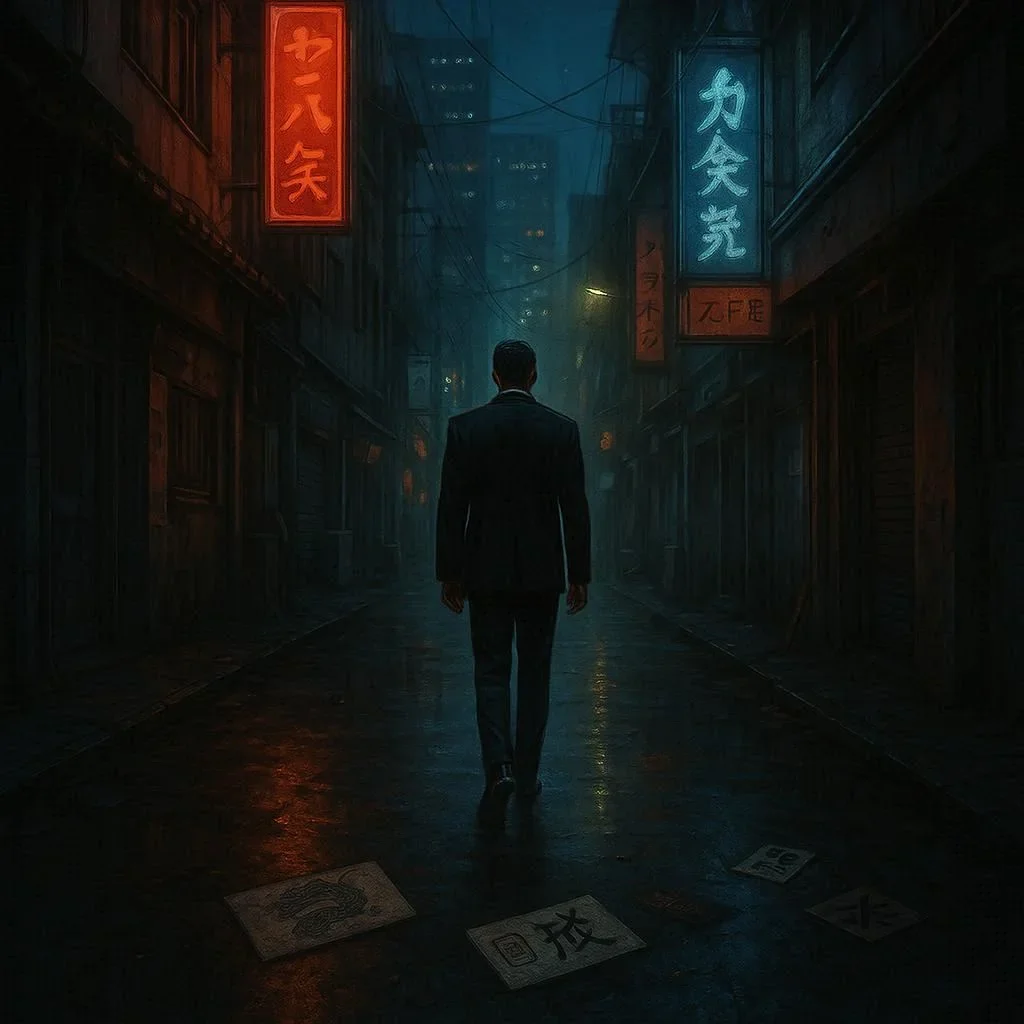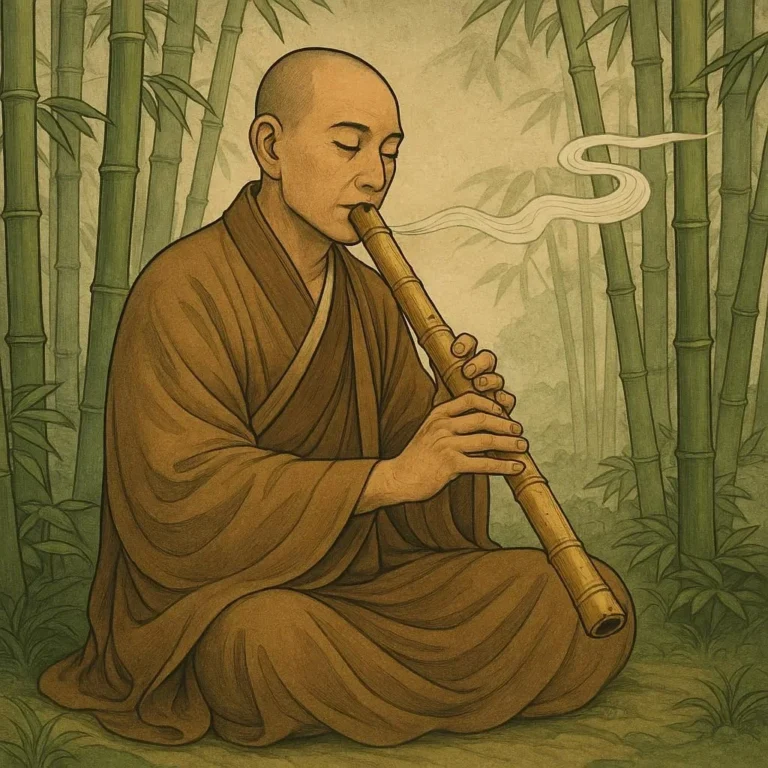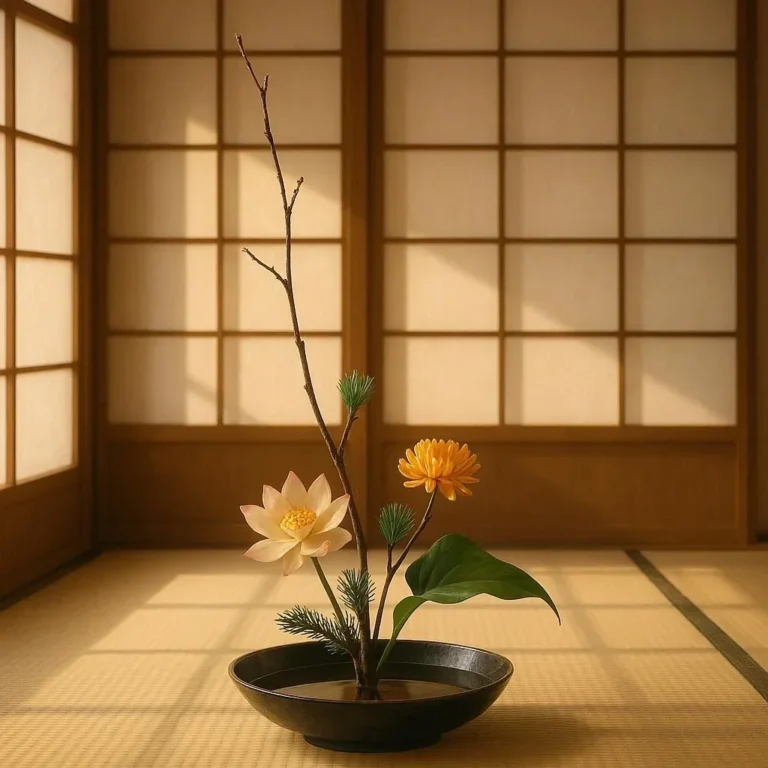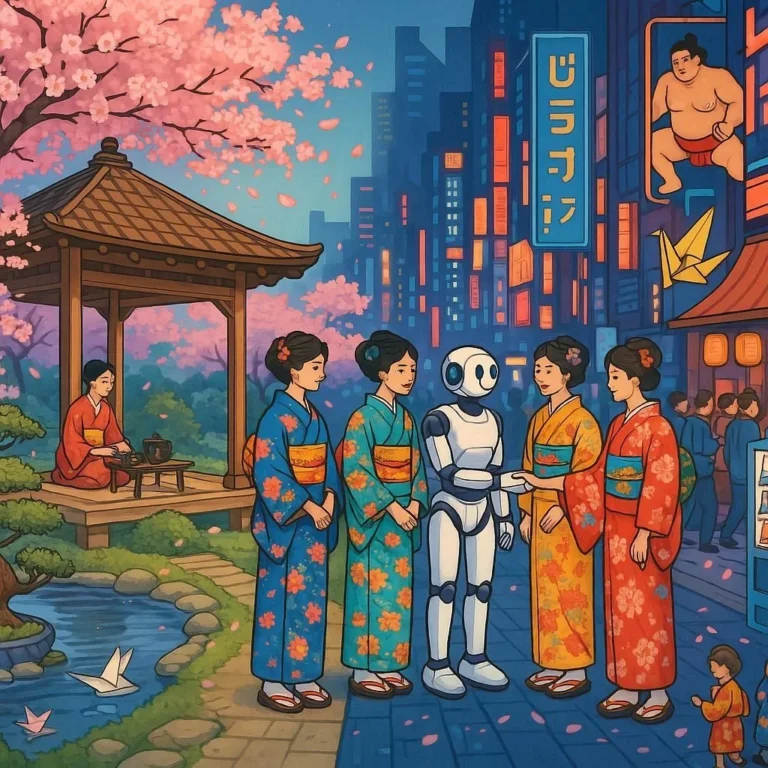508 views Kirigami and Origami: Paper as an Expression of Spirit
“In the humble fold of paper, a culture’s spirit is mirrored, a universal language that whispers the past, speaks to the present, and lays the foundation for tomorrow.” – Satoshi Shimizu
Paper may look insignificant, yet it carries deep cultural, artistic, and spiritual significance. In many Asian cultures, especially Japan and China, the art of paper folding—origami—and its cousin, paper cutting—kirigami—have become more than mere crafts. They are living expressions of a collective soul, an intimate dialogue between the material and the maker. This article explores the historical roots of these art forms, uncovers their symbolic meanings, and examines how modern artists and communities keep them alive as living conduits of spirit.
1. A Brief History: From Print to Play
The word origami comes from the Japanese ori (fold) and kami (paper), while kirigami merges kiru (cut) with kami. The ancient practice began with paper imported from China in the 7th‑8th centuries. Initially used for writing, the paper was later deemed elegant enough to be shaped into decorative objects. Early Japanese predecessors—kōzan origami—looked closely at nature but maintained a strictly symmetrical design, creating cranes, flowers, and simple geometric shapes.
Over centuries, the art evolved. By the Edo period (1603‑1868), origami had become a popular pastime for children and artisans alike. Instead of merely folding, people began integrating tricks and puzzles, allowing a single sheet to transform into multiple objects—tables, doorways, and even portable art galleries. Kirigami made its turn around the 18th century, influenced by the Printmaking traditions in China and Japan. Artists began carving thin paper sheets with cutting tools to produce delicate patterns that could fold back into three-dimensional shapes.
2. Spiritual Symbolism: Every Fold Holds Meaning
2.1 Origami as a Metaphor for Life
- Cranes – In Japanese legend, a crane that patiently tends a healing wound can transform into a thousand. This symbolizes hope, longevity, and the promise of spiritual rebirth.
- Butterfly – The delicate winged insect epitomizes metamorphosis, a manifestation of mortal strings turning into eternal art.
- Ribbons and Kites – These convey joy, playfulness, and superstition. When a paper kite takes flight, it is believed to carry wishes away to the heavens.
2.2 Kirigami as Fire and Water
Kirigami’s cuts bring tension and movement: sculpting with light to reveal hidden surfaces. In Buddhist iconography, cuts represent winds promoting spiritual purification – the paper becomes a mirror reflecting inner emptiness. Conversely, the frequent use of flowing lines evokes water— fluidity, adaptability, and life’s fleeting nature.
3. The Language of Geometry: How Concepts Translate into Craft
Symmetry – In origami, every fold is mirrored, representing balance, harmony, and the human quest for equilibrium.
Palindromes – Many modern origami models use palindromic fold sequences. This echoes the idea of cycles: birth → growth → death → rebirth.
Mathematics and the Divine – Knitting and folding are seen as math in motion, hinting at Kuhn’s notion of a hidden code underlying the cosmos. Art becomes a bridge between logic and mysticism.
4. Major Techniques in a Nutshell
- Brimlay – A special type of reverse fold that creates a lattice — ideal for reproducing lace.
- Möbius Strip – A single continuous surface that challenges our perception of inside and outside.
- Scoring – Light indentations in paper allow precise cuts or fold lines without damaging the sheet.
- Pleating – A repeated sequence of three folds that adds texture and holds a shape together.
Kirigami often begins with scoring and cutting the paper, then layering to produce three-dimensional forms such as origami lanterns, origami cages, and kirigami butterflies that seem to flutter in the air.
5. Modern Applications: From Digital to Therapeutic
5.1 Fashion & Interior Design
Fashion designers like Rokuhara K. Shin incorporate origami folds into garments, using creases as clothing seams to create lightweight, water‑repellent sleeves or asymmetrical shoulders. Interior designers use origami lamps that unfold to create luminous shadows reminiscent of prayer beads.
5.2 Engineering & Robotics
NEC and MIT have collaborated on micro‑robotic devices inspired by origami’s fold mechanics. Folding paper into honeycomb lattice results in materials that can conform to curved surfaces, useful in architectural panels that change shape with temperature.
5.3 Therapy & Education
In Japan, schools integrate origami as a hands‑on method of teaching focus and mindfulness. Each fold requires patience and attentiveness. Therapists in Finland use origami to help children dealing with anxiety; the repetitive motions offer a calm rhythm that calms the nervous system.
Kirigami, meanwhile, is used in bio‑engineering for creating tissue scaffolds—thin cuts create micro‑channels that facilitate cell growth.
6. Interactive Community: Books, Workshops, and Festivals
- The National Origami Center (Tokyo) – Offers monthly workshops for beginners and advanced practitioners. The center also hosts a Annual Origami Festival featuring art installations that attract tourists.
- The Kirigami Symposium (Seoul) – Draws artists from across Asia to discuss new techniques in cutting and the ethical use of paper resources.
- Online Communities – Platforms like RamaArt and PaperGeeks allow global audiences to share step‑by‑step videos. Projects like “From 1000 Aerial Bowls – An Electronic Collection” have amassed over 5,000 fan‑made submissions.
7. Sustainability: The Eco‑Ethical Approach
Paper
In a world where plastic dominates, paper offers a renewable alternative. Sustainable paper production, such as post‑consumer fiber or pine pulp‑free plants, reduces deforestation. Artists are increasingly leaning towards mushroom‑based paper and plant‑based inks.
Kirigami’s cuts, however, create waste—but designers now embrace this by creating interconnected mosaics where the cuts form new patterns. This eco‑ethics mindset underlines that art should not come at a price to nature.
8. The Cultural Identity That Folds
Across Asia, paper folding is a ritual act. In Japan’s Shinto shrine festivals, shrines are decorated with folded paper streamers that symbolize purity. In China, paper cranes are placed on bridges during festivals to ward off bad luck.
These practices reflect a collective expression of faith. Folding encourages mindfulness, a spiritual act where intention, breath, and movement coalesce.
9. Future Trends: Fusion and Digitalisation
The merging of origami and digital fabrication—laser‑cutting, 3‑d printing—has birthed photosensitive origami. Photographs become objects that fold around memories.
Digital origami tools, such as the origami‑simulation engine, now allow designers to test fold patterns in a virtual environment before using paper. It fosters innovation without the risk of failure.
10. Takeaway: The Living Spirit in a Sheet of Paper
Origami and kirigami are far more than crafts; they are living traditions that invite us to see beyond the mundane. They turn a simple sheet of paper into a vehicle of intention, mindfulness, and community. Each fold respects a lineage that honors both the physical and metaphysical. In an age of rapid change, these age‑old techniques remind us that patience, purpose, and a steady hand can still shape a world of meaning.
“When you fold paper, you outline invisible threads that connect you to everyone who has ever made their own small miracles.”







